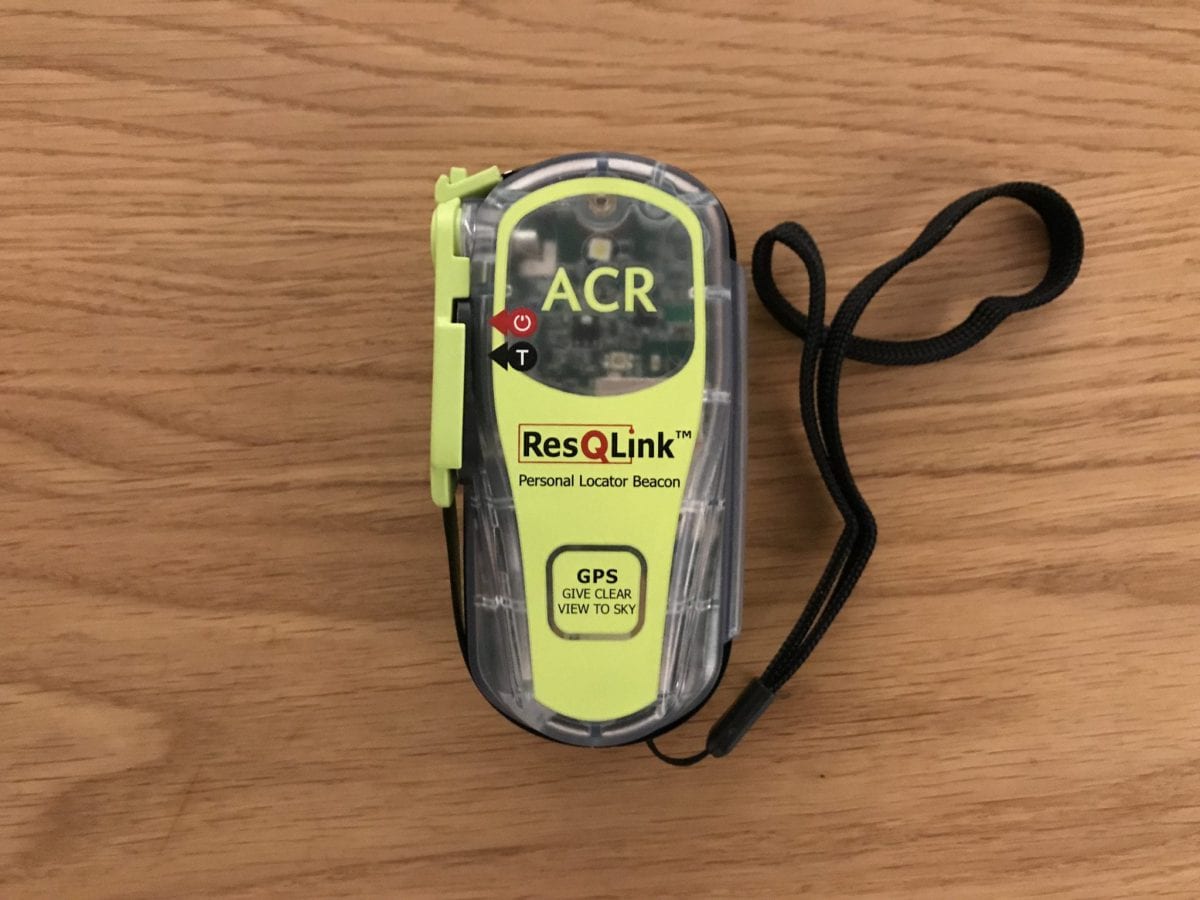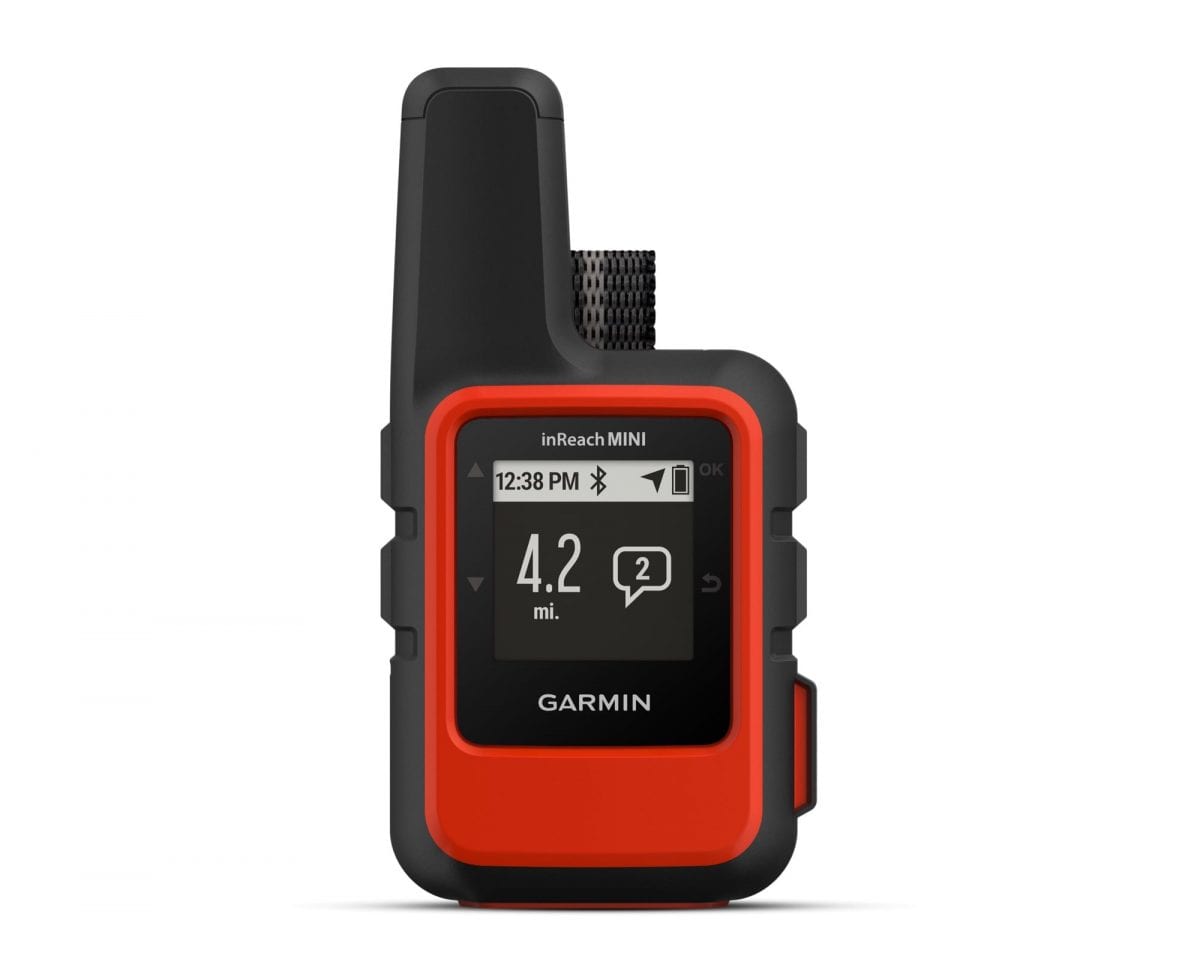Most of the time, I travel by myself (also see my separate post on why), whether it is hiking, running or my business trips. I’m in the process of training for the Antwerp marathon. And with days getting darker and with quite some trips planned, it’s the right moment to have a look at being safe while running. Here are my tips for running safety.
Table of Contents
0) Don’t be stupid, the basis of running safety
Don’t punch above your weight.
Don’t take unnecessary risks.
Don’t do things you just know are stupid.
You can run through the outskirts of Istanbul or New York at night, but do you really want or need to?
You can run in the heat through Amman‘s hilly streets, but do you really want to?
You can run through Prague or Amsterdam for your 35k marathon training, but is that really the smartest thing to do?
In other words: just don’t be stupid.
1) Have a plan for your run
Have a plan. I love taking my travel the way it goes (that’s why this blog is called omakase). But when it comes to running (as well as hiking by the way), I prepare beforehand – I check the route, validate my ideas.
I use a mix of tools to find running routes: from Strava to my own archive of running routes I keep from city trips.
And I always frantically check the weather.
2) Check your plan with others

I usually check my running plan with the front desk employees at my hotel – is it safe enough to run. To give some examples. Staff completely freaked out when I asked the hotel staff in Johannesburg if I could run near the hotel. Staff in my hotel in Athens looked a bit shocked when I asked them if I could run near the hotel. They told me ‘yes’ but failed to tell me the hill had over 10% steep slopes.
I also double-check the weather.
3) Inform others of your plans
I try and inform others of my plans (and my changing plans) so whenever something happens, they will at least have an idea where to find me.
In my calendar, which I share with my wife, I have an overview of when I’m planning to do some running and how far that approximately will be (e.g. will I only be doing a short Fartlek training, or a multi-hour 30-35 kilometer?).
I use Strava’s beacon function (together with my Garmin Forerunner 935 watch) to automatically send a message to my wife and my father as soon as I start running. This way, they can live track where I’m going, for example when I’m in a town I’ve never been before, in a town I’m not super familiar with, in more dangerous areas of bigger cities or just during winter nights.
4) Have the right gear for safe running
I mention this one last on purpose. Fancy gear is usually just a way to buy around the real problem.
Weather conditions. When dressing to run in cold weather, the rule of thumb is to add 10 to 20 degrees Fahrenheit to the outside temperature to calculate your running temperature. Keep in mind that this number is dependent upon your body size, run pace, and the length of your run.
For a rough indication:
- 60+ degrees Fahrenheit: tank top and shorts.
- 50–59 degrees Fahrenheit: short sleeve tech shirt and shorts.
- 40–49 degrees Fahrenheit: long sleeve tech shirt, shorts or tights, gloves (optional), headband to cover your ears (optional).
- 30–39 degrees Fahrenheit: long sleeve tech shirt, shorts or tights, gloves, and headband to cover your ears.
- 20–29 degrees Fahrenheit: two shirts layered—a long sleeve tech shirt and a short sleeve tech shirt or long sleeve shirt and jacket—tights, gloves, and headband or hat to cover your ears.
- 10–19 degrees Fahrenheit: two shirts layered, tights, gloves or mittens, headband or hat, and windbreaker jacket/pants.
- 0–9 degrees Fahrenheit: two shirts layered, tights, windbreaker jacket/pants, mittens, headband or hat, ski mask to cover your face.
Trail. Be sure to have the right shoes to get the job done. When you’re trailrunning, make sure you have trail shoes, as otherwise you’ll slip and slide your way on the track.
Water and food. Especially when training towards a marathon (like I did with the original marathon in Athens or the New York City Marathon in New York), I will start bringing water and food in my C
When it’s raining, make sure you keep dry and don’t get cold and have a plan B to get home .
Prepare for the darkness. Especially with darker days now, make sure to bring a LED light (I bought my one, one to wear on my chest at Decathlon) and wear fluorescent clothing (especially when it’s getting dark, it is sometimes even more important to be seen than to see yourself).
Bring your phone. I always bring my phone for whatever happens, to be able to call friends, family or authorities.
5) Be careful while running
I’m a scenario planner, so I try to plan for the unknown.
- Run on the left side of the road (when bikes and cars drive right). Running on the opposite side of the road makes sure you will see incoming traffic instead of merely relying on them seeing you. I have also noticed in the past that if I run on the right side of the road, I will be startled by passing bikes that make little noise – creating a dangerous situation.
- Be careful when running in the twilight or dawn – cars will have difficulty seeing you, so make sure you run in safe places.
- Be careful in corners. Especially in the mountains and with sharp corners, make sure you don’t get hit by cars cutting corners.
In conclusion
Running is an amazing way to explore a city but, please, safety first.





